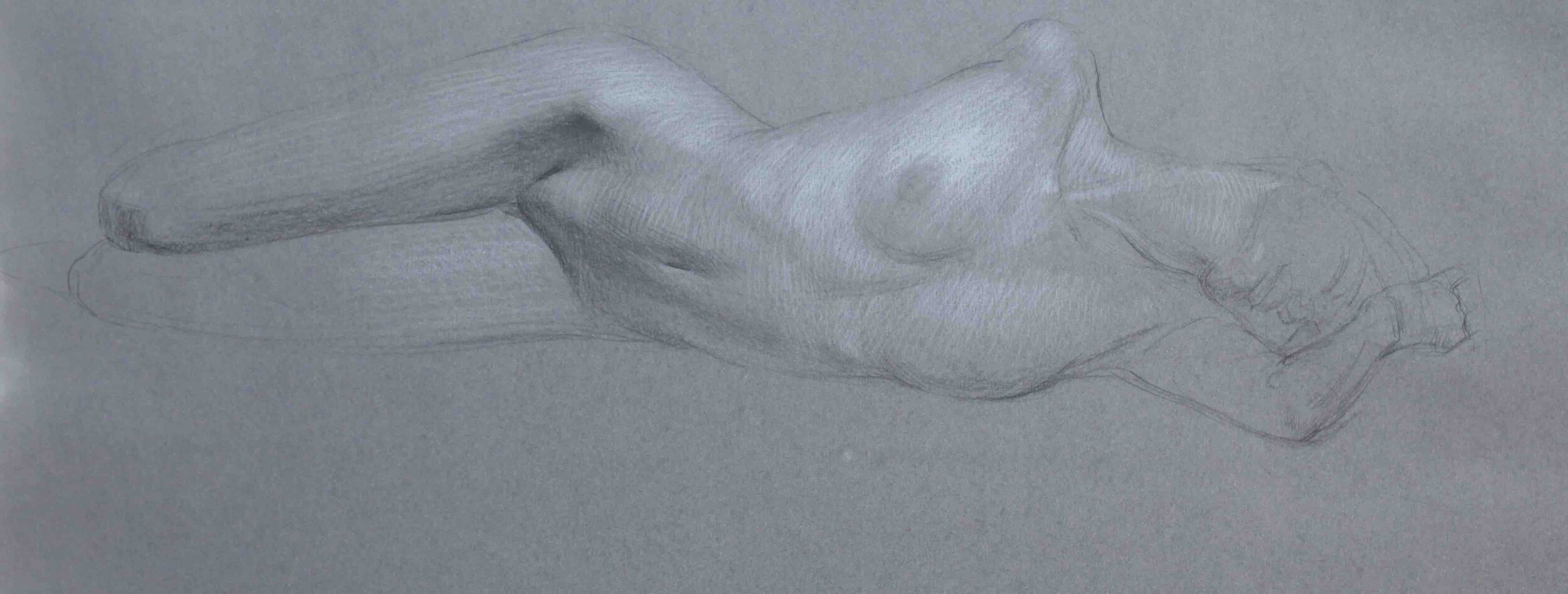This coming Saturdy 22nd Jan at 11am I’ll be talking aboutt the in-person version of my Form, Gesture, Anatomy Course
It will be at the Royal Queensland Art Society “Studio Showcase” event, which displays drawings and paintings done at the studio (this is where my offline class is held) https://rqas.com.au/event/studio-showcase-2022/
In my talk. I’ll touch on some of the deeper underpinnings and philosophy, the format of the course and the practical aspects that I have developed to help my students come to a deeper and more fluid grasp on the fascinating practise of Life Drawing.
If you’ve missed out on this term, you can join the list to be notified about next term as soon as it is available. (https://scottbreton.art/notify-me-classical-life-class )
I’ll have a few drawings in the show (see below) and some of the new models I’ve created to help my students to gain intuition for drawing in a three dimensional and gestural way, focussing on the relationships of certain important bony landmarks.
The model you can see me holding, there is a flexible wire between the parts allowing tilt side to side, twist, bend forward and back and also, critically, isolation - a factor that store bought manikins don’t allow.
I’ve included a few types of media in the drawings I’ve put in the show and different durations of drawing, from a few minutes to about 45 minutes for the one on toned paper.
Prismacolor coloured pencils on hand toned paper
Pastel on smooth paper
Pastel on smooth paper
Red prismacolor pencil on cartridge paper
Finally, I am in the process of getting the new iteration of the skeleton model that goes with the online version of the Form, Gesture, Anatomy Course.
I am finalising the design based on multiple prototypes and hope to have it available in 6-8 weeks. Join the waitlist to be notified as soon as it is available. https://scottbreton.art/join-waitlist













































